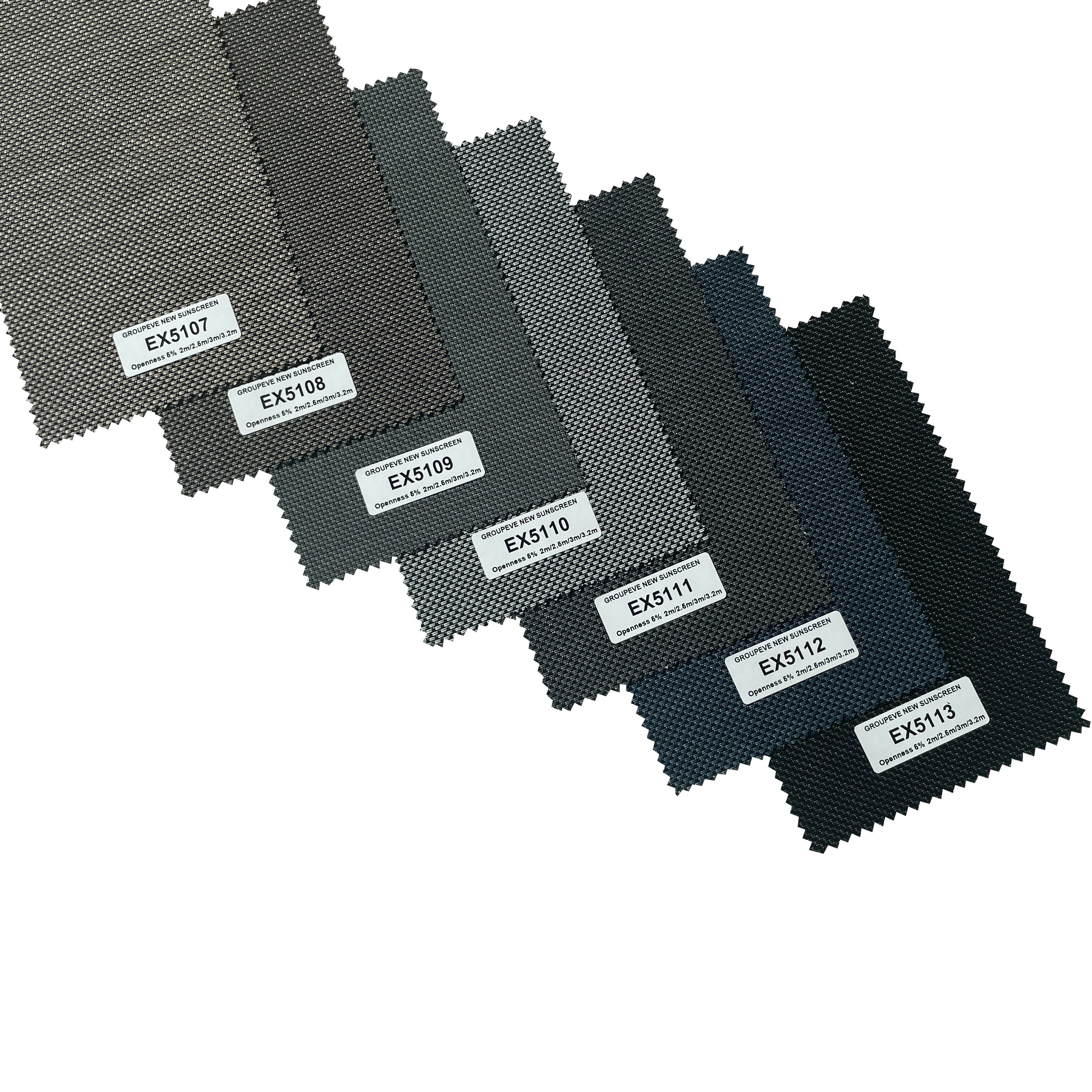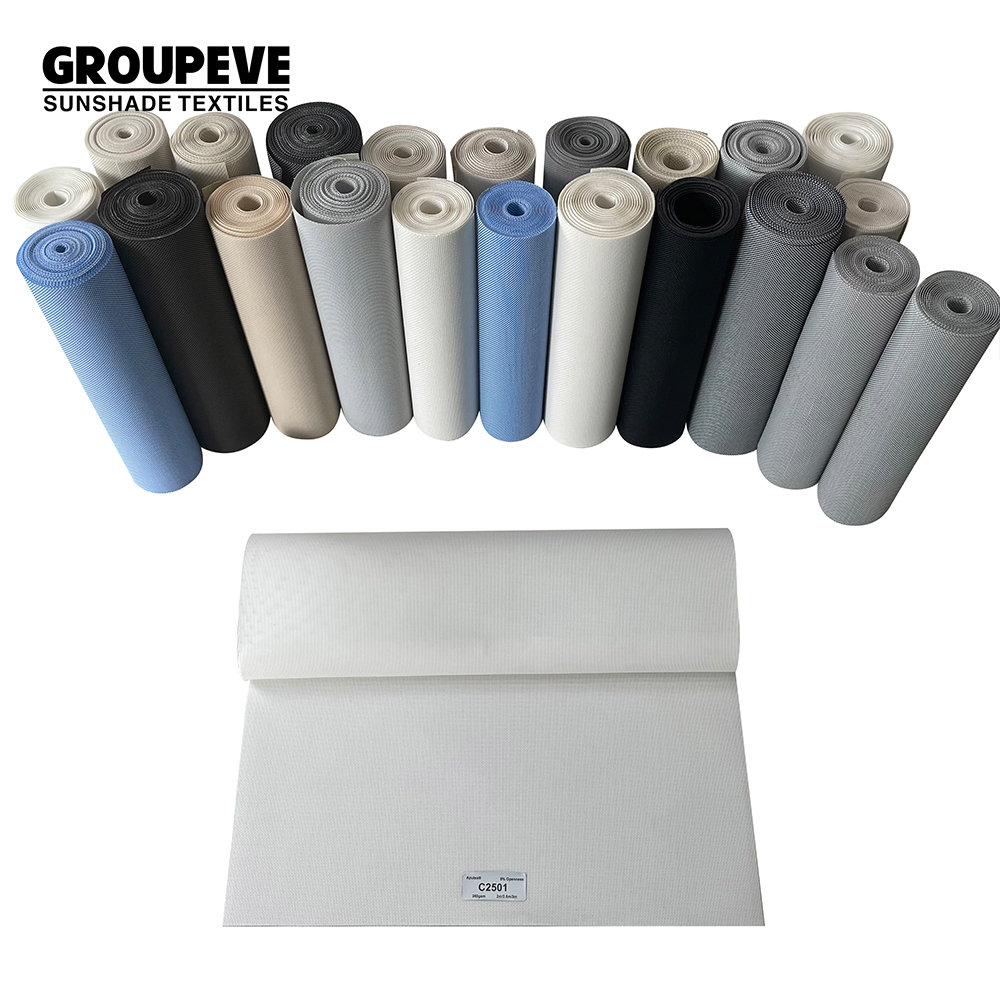In the realm of outdoor textiles, sunscreen fabrics play a crucial role in protecting against harmful UV rays while maintaining ventilation and visibility. Among these, 3% and 5% open area sunscreen fabrics are two popular options, each with distinct characteristics that cater to different needs and preferences. This article delves into the features of both to help you make an informed choice.
3% Openness Sunscreen Fabric
The 3% openness sunscreen fabric is designed with a tighter weave, resulting in a smaller percentage of open space. This characteristic makes it an excellent choice for applications where maximum UV protection is paramount. The reduced openness ensures that fewer UV rays can penetrate the fabric, offering a higher level of sun protection to the users. This type of fabric is ideal for situations where prolonged sun exposure is inevitable, such as in outdoor furniture covers, awnings, and certain types of outdoor apparel.
Additionally, the 3% openness fabric tends to be more opaque, which can be advantageous in terms of privacy and reducing glare. However, this comes at the cost of slightly reduced airflow, which might be a consideration in hotter climates or for applications where ventilation is critical.
5% Openness Sunscreen Fabric
On the other hand, the 5% openness sunscreen fabric offers a more open weave, allowing for greater airflow and visibility. This makes it a preferred choice for environments where heat dissipation is a priority, such as in outdoor seating areas, playground equipment, and certain agricultural applications. The increased openness also enhances the fabric's breathability, making it more comfortable for users in warmer conditions.


Despite the larger open area, 5% sunscreen fabrics still provide significant UV protection, though not as high as the 3% variety. This trade-off is acceptable in scenarios where the primary concern is not the intensity of sun exposure but rather the need for better air circulation and a more open, airy feel.
Conclusion
In summary, the choice between 3% and 5% open area sunscreen fabrics hinges on the specific requirements of the application. For those seeking the highest level of UV protection with a bit of compromise on ventilation, the 3% option is the way to go. Conversely, if optimal airflow and a more transparent appearance are the priorities, the 5% fabric is the better choice. Both options excel in their respective niches, ensuring that users can find the perfect balance between protection and comfort in the great outdoors.
If you have any demand, please feel free to contact Groupeve Sale's team.
Contact Person: Monica Wei
WhatsApp/WeChat: 86-15282700380
E-mail: monica@groupeve.com
Post time: Aug-06-2024







